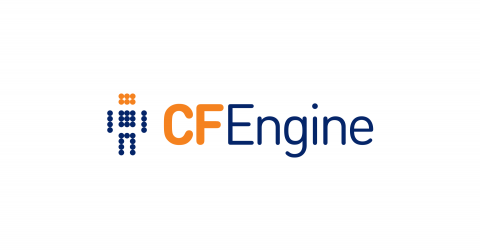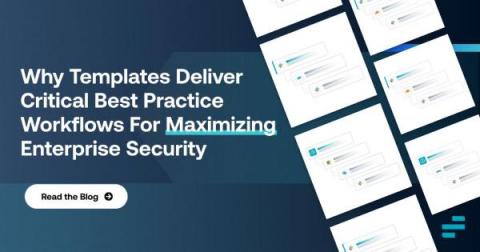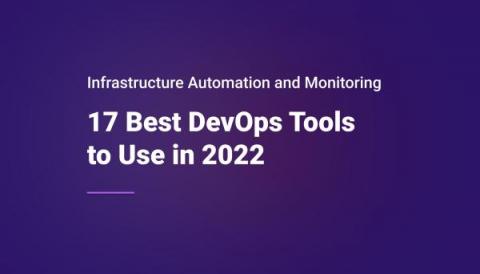Operations | Monitoring | ITSM | DevOps | Cloud
Automation
Extending autorun
What’s autorun? Autorun is a feature of the Masterfiles Policy Framework (MPF)1 that simplifies the process of adding and executing new policy. We have talked about Modular policies with autorun and the Augments before. This time, we dig into autorun a bit deeper to explore some of its current features and look at how to implement your own as we did during The Agent is In, Episode 15 - Extending Autorun
Why Templates Deliver Critical Best Practice Workflows For Maximizing Enterprise Security
It’s difficult for even the most advanced security teams to stay on top of evolving incursions and ensure their processes effectively map to prevent them. That’s where pre-built templates come into the conversation. No-code, security automation templates can handle the considerable burden of having to maintain and update processes that integrate with a company’s security stack.
Importance of Data Warehouse Automation
17 Best DevOps Tools to Use in 2022 for Infrastructure Automation and Monitoring
An Introduction to Automation Basics
Automation is a powerful tool. With some foresight and a little elbow grease, you can save hours, days, or even months of work by strategically automating repetitive tasks. What makes automation particularly beneficial is that it eliminates manual interaction with multiple systems. Rather than manually uploading data to an event response system or notifying key support personnel of an incident, tying these tasks together through automation can reduce critical time and help resolve problems faster and more efficiently. But, before we can fill in the gaps between all of the platforms we are responsible for, we first need to understand how data moves around on the web and how we can use that process to our advantage.
What pressures are forcing rapid IT transformation? | Resolve
The Importance of Automated Regression Testing with Social Integration in DevOps
Delivering business-critical applications and code relies on two key factors; functionality and efficiency. Mock and Unit tests are a few industry standards that aim to ensure the correct functionality of your code, catching potential bugs and issues before deployment. These tests are vital to workflows, CI/CD pipelines, and the overall build and deployment process. While functionality may be sound, one key aspect that is oft-forgotten is the efficiency and performance of your code.











